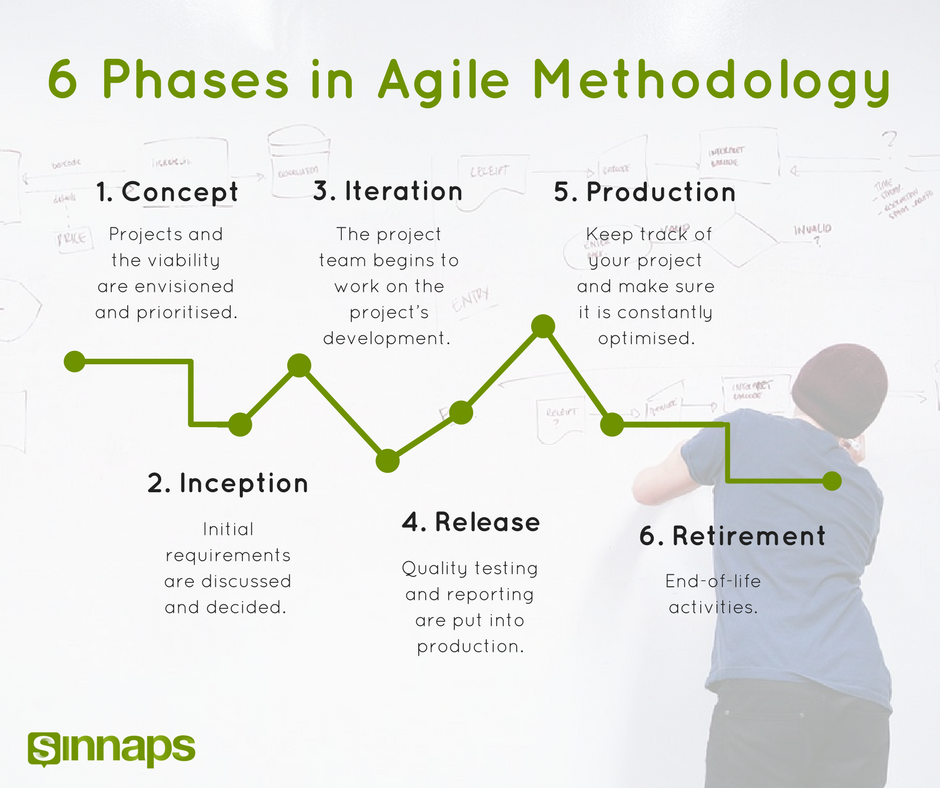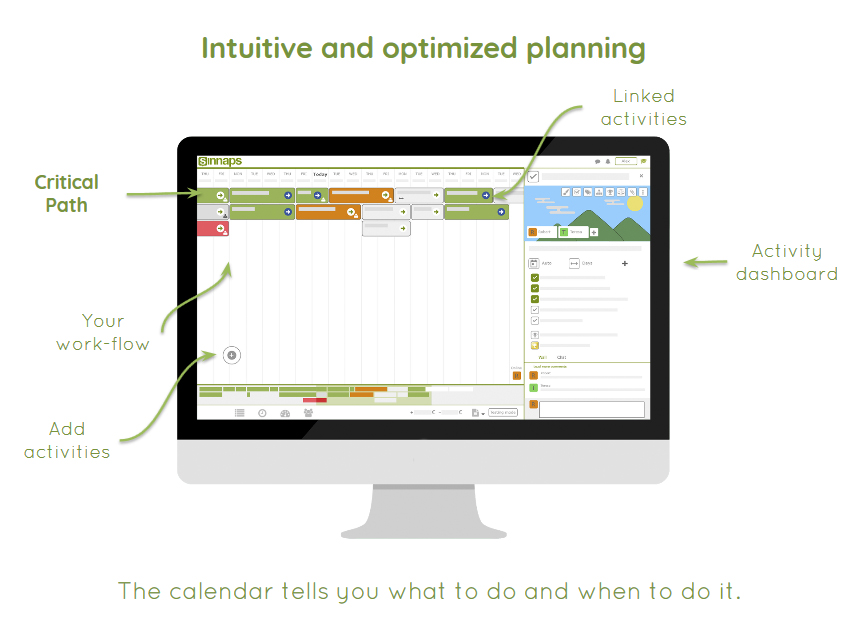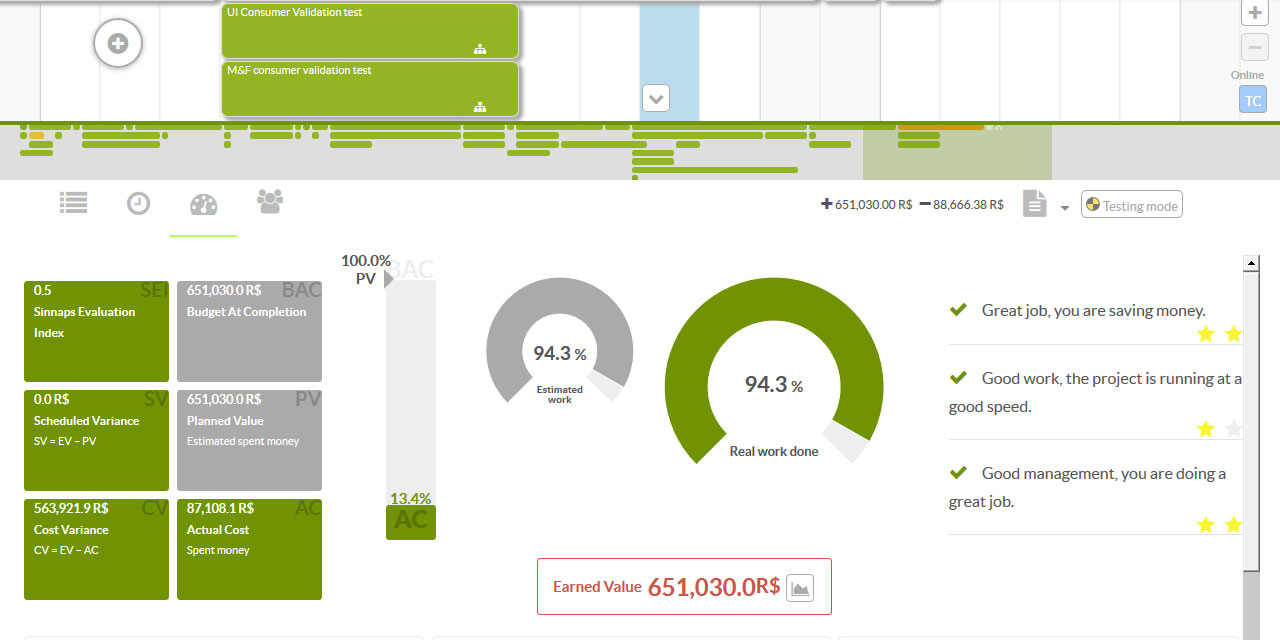Undoubtedly, a lot has changed about the way we go about businesses, projects and product development. Agile management, brought about by the introduction and subsequent acceptance of the Agile software has brought about enormous benefits to the global market.

Sinnaps online project management software is one of such leading agile tools that can come in handy for teams willing to step-up their game when it comes to Agile team management, Agile resource management, etc.
In this article, we will discuss how companies, businesses and project teams can integrate the concept of Agile management in their organizations, which will in turn solve most problems related to the most basic objectives of delivering the product of the project to the customers in the shortest time possible.
And since we’re considering Scrum project management, we will see how the roles of the product owner relates to Agile product management, since these are generally the same folks who would be handling issues relating to product backlog management, stakeholder management and the likes, which often have a direct bearing on the success or failure of the project.
A 2019 study conducted by Gallup indicated that only about 2.5 percent of companies achieve 100 percent success in their project. When asked further, the managers attributed this success among other things, to the use of performance techniques like Agile methodology, which unfortunately, is used by only 28 percent of businesses today.

Agile Product Management
With Agile product management, managers can ensure, through different strategies, that the development team is channelling greater efforts to the most import and customer-focused items in the project.
Below, we will look at certain strategic concepts through which product managers incorporate effective Agile product management in their everyday work:
- Product Vision – The product vision encapsulates in its entirety, the crux of your project; its essence, problems it will solve, and in general, how it will deliver value to your customers. A clear-cut product vision will inspire your development team as well as users, and keep the confusion of duplicity at bay
- Product Roadmap – The product roadmap provides a well-tailored visual summary, clearly showing the direction and progress of your product overtime. It should contain strategies as well as plan for executing same. Learn how to create excellent product roadmaps and gain the efficiency you so require with Sinnaps
- Product Lifecycle – This will capture the progress of your project through different stages from inception to growth, maturity as well a decline, and measured through its key success drivers
- Prioritized Product Backlog – Your scrum backlog will contain all the descriptions as you so desire in your end product. This will keep your team organized and will dictate a path through which the project proceeds. The prioritized product backlog will contain a list of requirements for your business or project in the form of user stories. A backlog generally revolves around three features, namely; value, risk and dependencies.
Backlog Example:

Therefore, it is necessary for product owners to invest a lot of time and effort in ensuring Agile requirements management to ensure that all such features that will add value to the product are properly covered in Agile meetings.
Agile Management based on Critical Path Methodology:

Agile Change Management
The iterative nature of Agile project management arguably increases the need for change management. Given that certain things might change during the process of completing a project, steps must therefore be taken to make sure it doesn’t derail the project or keep it from delivering the promised value.
Agile change management seeks to mitigate the effects of the disruptions that would have been brought about by these changes so that teams are able to make good judgement calls to solve problems even as the project progresses.
As a way of responding to changing requirement in a project environment, Agile change management centres around the concept of iterative change.
By determining what the change approach is, managers and teams make incremental changes throughout the project lifecycle until they ultimately arrive at the right outcome. Agile change management eliminates the rigidity which is synonymous with traditional project management approach, thus core of Agile is in its ability to embrace constant change.
Create simulations in Test Mode and apply Agile Change Management:
Agile Portfolio Management
Several factors can contribute to poor results in projects, but only a few of these can crash the party faster than portfolio management. With a multitude of materials available on the subject, however, problems relating to Agile portfolio management are very much yet to be resolved.
Okay, so, we’re in the age of Agile, Scrum, Agile project management with Kanban, etc., with adoption in organizations and businesses with a great portfolio of teams, developers and the likes, current portfolio management practices are proving more troublesome than ever, especially as regards to moving from traditional management approach in a way that will forestall loss of strategic project potential.
But the question that begs to be answered is this; how can you build a better Agile portfolio management?
- Identify your strategic initiatives – Breaking down the objectives of your business into smaller slices makes implementation and prioritization easier
- Categorize and prioritize portfolio towards value creation – Make use of quantitative and qualitative data scoring models for easy measurement
- Encourage continuous creation of values in small increments – At the end of every sprint, product demonstrations are demonstrated to the client, feedbacks obtained and necessary adjustments implemented
- Use EVM to track project performance – the EVM technique is a veritable tool for measuring project performance against the project baseline, especially from the cost and schedule perspective
Earned Value Management with Sinnaps (find out how to it works with this video).

Agile management, including Agile scope management, portfolio management and the host of others are some of the ways to stay on top of the fast-changing customer requirements in the business world today. It is wishful thinking to simply lay back while hoping that the adoption of Sprint methodology will impress it on your team to do the right thing. Entrepreneurial competition is off the charts, and customer expectations are higher than ever. Thus, business and project leaders must wake up to this complex reality.

